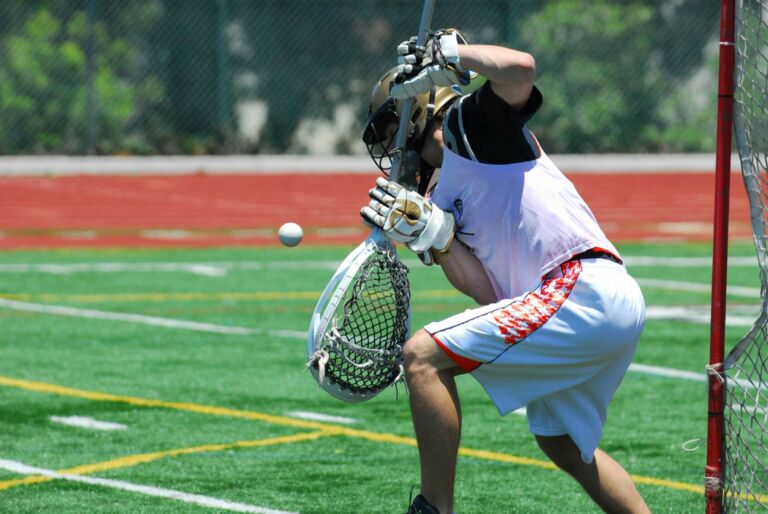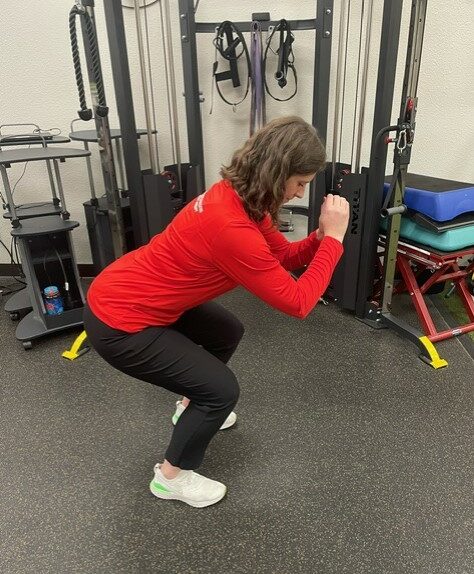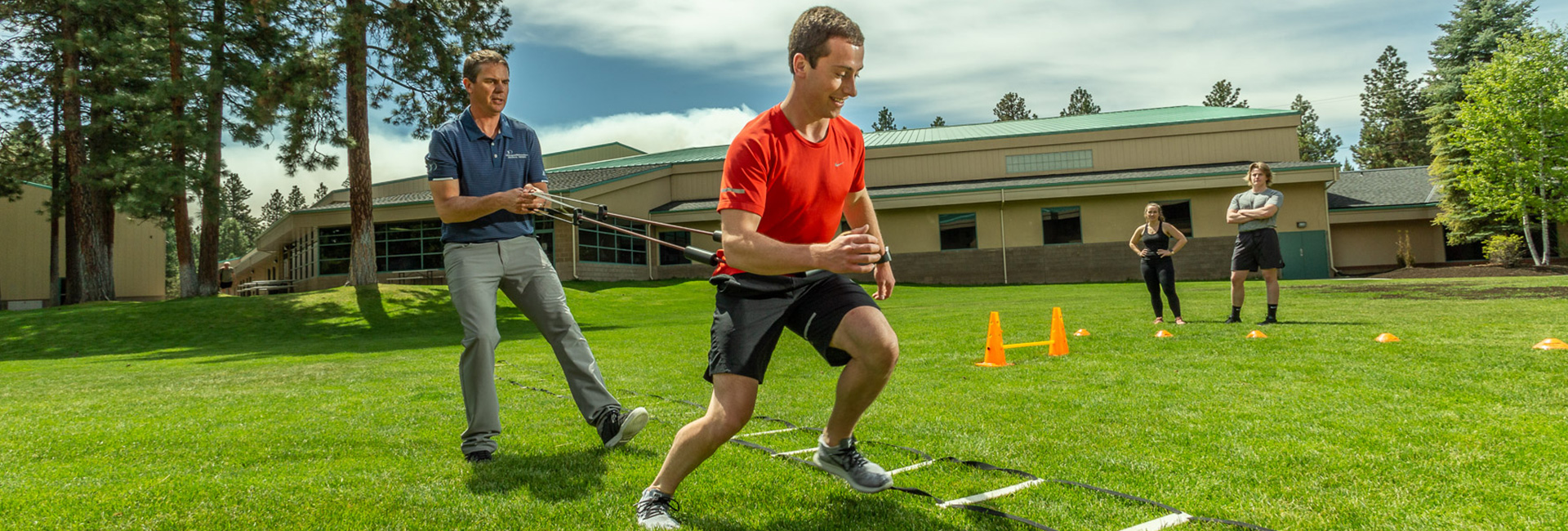Does your young athlete ever complain about low back, hip, or leg pain after they participate in sports? Or maybe you’ve noticed that they fatigue quicker than some of their teammates? Or does your athlete want to start training in the weight room, but you’re worried they might hurt themselves? These issues could be related to inefficient utilization of the foundational hip hinge.
Note that lower back, hip and leg pain in young athletes can also be indicative of a more serious condition. If your athlete is having persistent pain after activity that lasts more than 72 hours (about 3 days) and that is more extreme than typical muscle soreness, then evaluation by a doctor or physical therapist is highly recommended. Inability to put weight through their legs, numbness or tingling in one or both legs or an atypical increase in intensity of pain are also symptoms that would warrant a formal evaluation.
What is a “hip hinge” and why is it important?
A hip hinge is a movement that occurs when the pelvis and trunk bend downward, driven from the hip joint rather than allowing the spine to be excessively rounded or flexed.1,2,3 We often refer to this as having a neutral spine posture throughout the movement. In daily life, the hip hinge allows us to squat, lunge, pick things up, sit down, stand up, push, pull and carry. In most sports, the hip hinge is a foundational “starting point.”4

When playing sports, being able to utilize a hip hinge strategy for squatting, jumping, shuffling, etc., allows athletes to generate more power through their large gluteal muscles and use their core muscles to stabilize the spine in a more optimal position.
When weight training in the gym, it is important to utilize a hip hinge when performing exercises such as weighted squats, deadlifts, kettlebell swings and power cleans to prevent injury and increase efficiency with the movements, which will carry over nicely to sports.3
Why is my athlete having trouble with hip hinging?
The inability to perform a proper hip hinge can lead to placing the spine in and out of its end ranges of motion and contribute to overuse injuries.3 Difficulty with hip hinging could be due to tight hamstrings, lack of mobility in hip external or internal rotation, weak core musculature, and/or poor lumbopelvic coordination.1,2 One component of lumbopelvic coordination is the ability to flex and extend the hips without moving the lower back.
Young athletes are constantly growing. This can mean that some athletes might hit a growth spurt and their muscle flexibility temporarily has trouble keeping up with their bone growth. Also, with their limbs getting longer, sometimes it can be harder to figure out how to coordinate movement with changing body composition.
Hamstrings tight?
An easy way to test if your hamstrings are tight is to lay on your back, grab the back of one thigh and then slowly start to straighten your knee until you feel a stretch in the back of your legs.
Ideally, the leg should almost reach full extension or about 20° from fully straight.


Lacking hip mobility?
To test hip mobility, sit on the ground and place your legs in a 90-degree position with one leg forward and one leg backward.
You should be able to sit nice and tall without “crunching” your torso. Test both sides by switching which leg is forward and which is backward. If you find this position to be difficult to get into, then your hips might be tight.
How to do a hip hinge
Practicing a hip hinge using a long dowel or a broomstick can be a good place to start. Standing with your feet hip width apart, the dowel should run from the pelvis to the head. For this exercise, the goal is to keep your spine in contact with the dowel the entire time you are performing a hip hinge.


To prevent excessive bending of the spine, we also want to prevent hyperextension of the lower back when performing this dowel exercise. Emphasis is placed on the ability to find a neutral spine posture. It should feel like you’re pushing your bottom out and backward as your chest comes forward, and your knees stay slightly bent. Your physical therapist can work with you to make sure you are performing the exercise correctly by providing as much feedback as needed. Performing in front of a mirror can also be very helpful when first learning how to hip hinge.
Hip Hinge Progression
Once you’ve nailed down the dowel exercise try incorporating the foundational movement into the following exercises.



When to see a Physical Therapist
If your young athlete is still having pain or issues during and/or after playing their sport, then it is recommended they be evaluated by a physical therapist who will be able to assess the root cause. Your athlete’s physical therapist will provide education on training strategies to address factors contributing to their pain and do their best to make sure your athlete is playing at their highest capacity to miss as little game time as possible.

PTs are movement experts!
Increase your athletic performance with the help of a physical therapist. Our passion is to help every patient reach their goals and live an active, pain-free life. Get started with PT today!
References
- Michaud F, Pérez Soto M, Lugrís U, Cuadrado J. Lower Back Injury Prevention and Sensitization of Hip Hinge with Neutral Spine Using Wearable Sensors during Lifting Exercises. Sensors (Basel). 2021 Aug 14;21(16):5487. doi: 10.3390/s21165487. PMID: 34450929; PMCID: PMC8402067.
- Hip Hinge. Physiopedia. https://www.physio-pedia.com/Hip_Hinge#cite_note-4
- Tyson, Alan PT, SCS, ATC, CSCS. “Hip-Hinge” to a Healthy Back. Strength and Conditioning Journal 23(2):p 74, April 2001.
- Zuleger J. The Hip Hinge: How to Do It, How to Fix It. Strategies (08924562). 2023;36(5):37-40. Accessed December 10, 2023. https://search.ebscohost.com/login.aspx?direct=true&db=s3h&AN=172442870&site=eds-live

